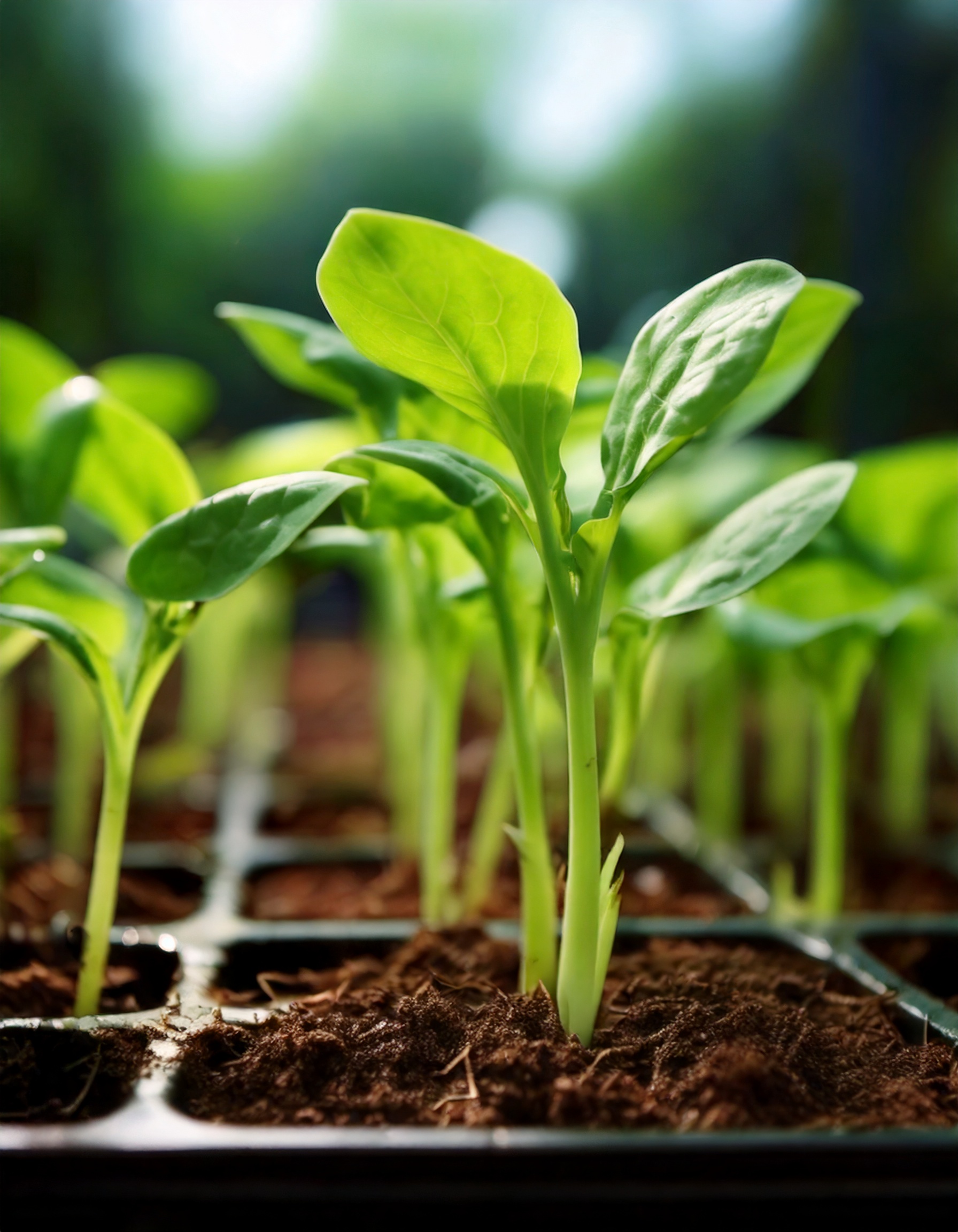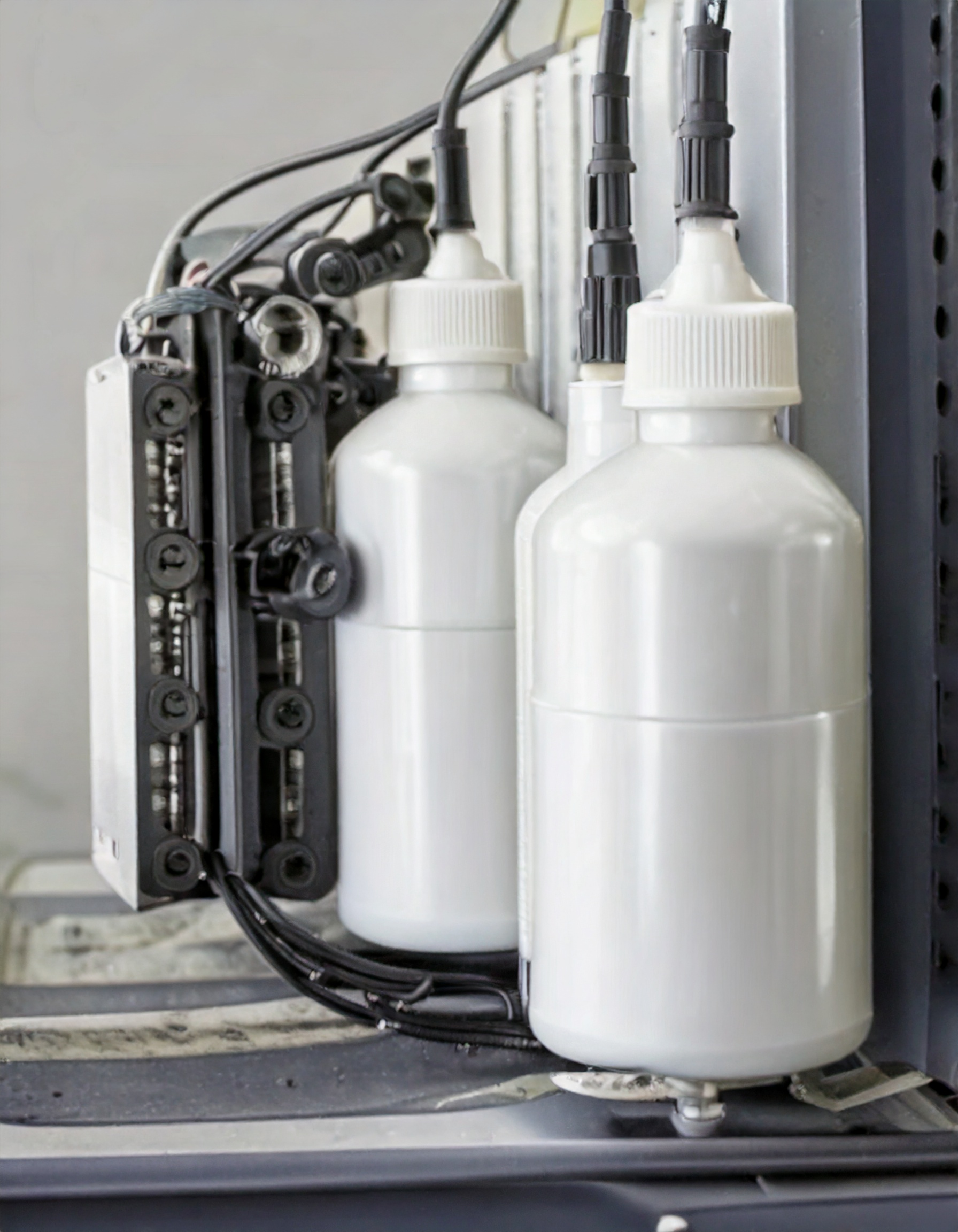Hydroponic System
Soilless farming systems offer a sustainable way to grow fresh food in urban spaces, using water-based methods instead of traditional soil. These systems maximize space, reduce water waste, and create efficient, high-yield farms in unexpected places — like parking garages.
Below is requirements for a small, basic system.
| MODULS | AREA (kvm) | PROJECTED YIELD (Annual) | ESTIMATED COST |
|---|---|---|---|
| Base unit | |||
| 1 controll module | 12,5 | – | 2 000 EURO |
| 1 storage module | 12,5 | – | – |
| Propagation unit | |||
| 1 propagation module | 12,5 | – | – |
| Supporting unit | |||
| 1 harvest module | 12,5 | – | 1 200 EURO |
| 1 dosing module | 12,5 | – | 5 000 EURO |
| Producing unit | |||
| 10 growing modules | 120,5 | 6 375 kg (≈ 25 500 meals per year) | 75 000 EURO |
| Totals | |||
| – | 162,50 | 6 375 kg (≈ 25 500 meals per year) | 83 200 EURO |
Modules
The user stories on this page illustrate the real potential of urban farming — how fresh, locally grown food can connect businesses, schools, restaurants, and communities. While these stories are fictional, they are based on real-world synergies that could emerge when repurposing urban spaces for sustainable food production. Explore the possibilities and imagine how urban farming could transform your city!
Propagation module
Before the growing module in the system can grow crops, it is essential that the seeds are first propagated. This is to ensure the seeds are grown in a specific environment beforehand to assist with their early development.
This is typically conducted in a propagation area, which is kept separate from other areas for cleanliness and ease. Once the seeds have germinated and have developed their first seed leaves, or a small number of true leaves, they can be transplanted into the growing module, where they will receive nutrients from either the aquaponic or hydroponic equipment.
Seeds can be propagated in very high densities, which means a whole farm only needs a very small area for these activities.

Dosing module
Unlike an aquaponic system, a hydroponic system does not make nutrients available through the conversion of ammonia into nitrogen. Instead, the nutrients in a hydroponic system need to be added to the water, which can then be taken up by the crops.
This nutrient mixture typically contains nitrogen, phosphorus, and potassium, with a few other micro nutrients such as iron and calcium. To supply these nutrients to the crops, the concentrated nutrients need to be diluted and mixed together to form a nutrient solution. This solution can then be safely added to the growing system without causing harm to the crops.
The nutrient solution can be added manually, in a small scale system, but it is more common for this to be controlled by sensors and added automatically in larger systems, depending on the pH and electrical conductivity of the water within the growing module. These functions will be controlled by the control module.

Growing modules
In the growing module, will be vertically stacked shelves and artificial lighting.
Growing modules will produce leafy greens using soilless systems; either aquaponic or hydroponic. In this example we list modules needed for an aquaponic system to work.

Control module
The indoor climate will require constant set points of temperature, humidity, and carbon dioxide (or oxygen for mushrooms), which will be maintained by a control module.

Storage module
As with any business, storage is required to provide a short- to long-term home for all the materials required to run said business.
In the case of this urban farm, storage is required to store seeds, growing substrates, tools, cleaningand maintenance equipment, fish food, etc.
It is anticipated that the size of the module should be ten percent of the overall footprint of the urban farm, with a minimum size of one car parking bay.
.

